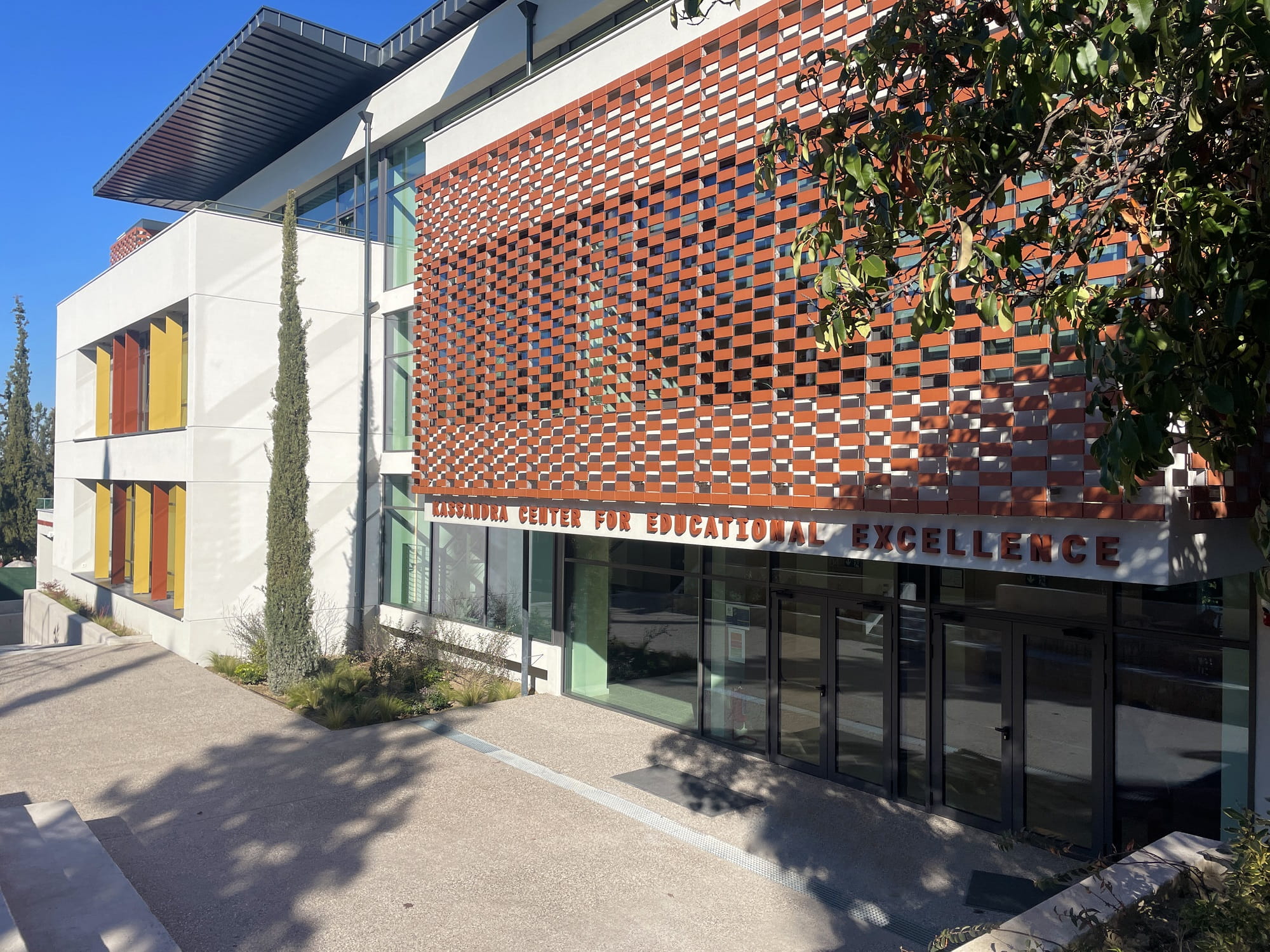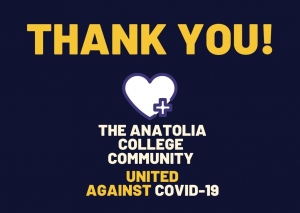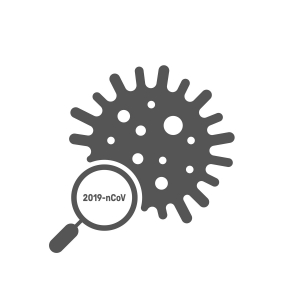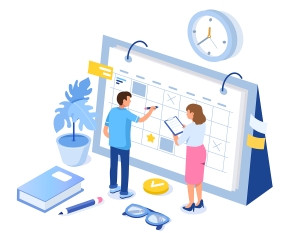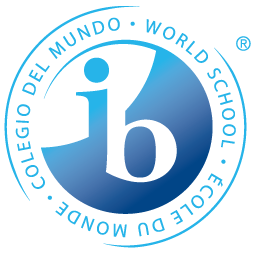Course Description
English A: Language & Literature is directed towards developing an understanding of the constructed nature of meanings generated by language and the function of context in the process. Students study a wide range of literary and non-literary texts in a variety of media. The study of texts produced in a language is central to an active engagement with language and culture and, by extension, to how we see and understand the world in which we live. Students are encouraged to question the meaning generated by language and texts, which, it can be argued, is rarely straightforward and unambiguous. Helping students to focus closely on the language of the texts they study and to become aware of the role of each text’s wider context in shaping its meaning is central to the course. Language & Literature aims to develop in students skills of textual analysis and the understanding that texts, both literary and non-literary can be seen as autonomous yet simultaneously related to culturally determined reading practices.
English A: Language & Literature Aims
- Introduce students to a range of texts from different periods, styles and genres.
- Develop in students the ability to engage in close, detailed analysis of individual texts and make relevant connections.
- Develop the students’ powers of expression, both in oral and written communication.
- Encourage students to recognize the importance of the contexts in which texts are written and received.
- Encourage, through the study of texts, an appreciation of the different perspectives of people from other cultures, and how these perspectives construct meaning.
- Encourage students to appreciate the formal, stylistic and aesthetic qualities of texts.
- Communicate and collaborate in a confident and creative way.
- Encourage students to think critically about the different interactions between text, audience and purpose.
- Encourage students to engage with issues and ideas of global significance.
- Question their own views about the world.
- Foster a lifelong interest in and enjoyment of language and literature.
Course Content
Language & Literature is the same at SL and HL, but there are significant quantitative and qualitative differences between the levels. HL students study a total of six (6) literary works in the course of two years; SL students study four (4) literary texts in the course of two years. The course comprises three Areas of Exploration (AOE) on both levels:
Readers, Writers and Texts
Non-literary texts are chosen from a variety of sources, genres and media to represent as wide a range of texts as possible, and works are chosen from a variety of literary forms. Focus is on the development of personal and critical responses to the particulars of communication.
Time and Space
Non-literary texts and literary works are chosen from a variety of sources, literary forms and media that reflect a range of historical and/or cultural perspectives. Their study focuses on the contexts of language use and the variety of ways literary and non-literary texts might both reflect and shape society as a whole. The focus is on personal and cultural perspectives, the development of broader perspectives, and an awareness of the ways in which context is tied to meaning.
Intertextuality: Connecting Texts
Non-literary texts and literary works are chosen from a variety of sources, literary forms and media in a way that allows students an opportunity to extend their study and make fruitful comparisons. Their study focuses on intertextual relationships with possibilities to explore various topics, thematic concerns, generic conventions. The focus is on the development of the ability to understand the complex relationships among texts.
Assessment
Paper One: Guided Textual Analysis
Standard Level students must produce an analysis of one unseen text.
Higher Level students must produce an analysis of two unseen texts.
Paper Two: Comparative Essay
Standard Level students, in response to one of four questions, must write a comparative essay based on two works studied in the course.
Higher Level students, in response to one of four questions, must write an essay based on two works studied in the course.
Higher Level Essay (HL ONLY)
Higher Level students submit a 1,200-1,500-word essay for external assessment based on selected material studied during the course.
Individual Oral
This component is internally assessed by the teacher and externally moderated by the IBO.
Standard & Higher Level: Students offer a prepared a 10-minute oral response to a prescribed prompt, using an extract from a literary work and an extract from a non-literary text.
Classwork
Students regularly write essays and commentaries, study closely a wide variety of texts, sit exams and prepare and deliver oral presentations as part of their preparation for both internal and external assessment.
Further Information
Students need to purchase texts based on the literary sections. These are read over the 2 years. The libraries (ACT and Eleftheriadis) provide an extensive selection of sources that students can use to complete work on cultural options and the written tasks.
All final decisions on the appropriateness of the language course (Language A, Language B or Ab initio) for which students are entered are taken by coordinators in liaison with teachers, using their experience and professional judgment to guide them. The most important consideration is that the language course selected should be a challenging educational experience for the student.
More

